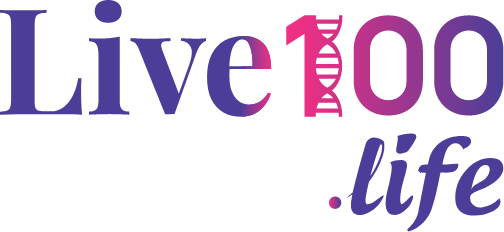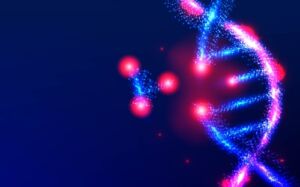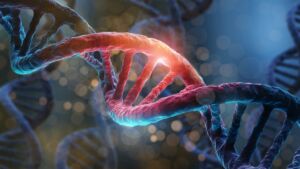Genetic conditions are not named in one standard way. When a new genetic condition is found, doctors, researchers and geneticists propose their names with reasoning. Then, these professionals collectively revise the names to improve its usefulness. Naming is important as it allows further communications, research possible to help find new approaches to treatment.
The names of genetic conditions are often derived from a one or different sources or their combination
Things considered for naming usually include the following:
- The basic genetic or biochemical defect that causes the condition
- One or more major signs or symptoms of the disorder
- Part of the body affected by the condition
- Name of a physician or researcher, often the person who first described the disorder
- A geographic area of a certain population
Some of the genetic disorders that affect a child’s growth
- Turner syndrome – Turner syndrome is a condition that affects only female and occurs when one of the X chromosomes (sex chromosomes) is missing or partially missing. Turner syndrome can lead to a variety of medical and developmental problems, including short stature, impaired ovarian development, and heart defects.
- Down syndrome – This is a genetic chromosome 21 disorder that causes development and intellectual delays, also a distinct facial appearance. These individuals have an extra chromosome.
- Achondroplasia – Achondroplasia is a form of short-limbed dwarfism.




